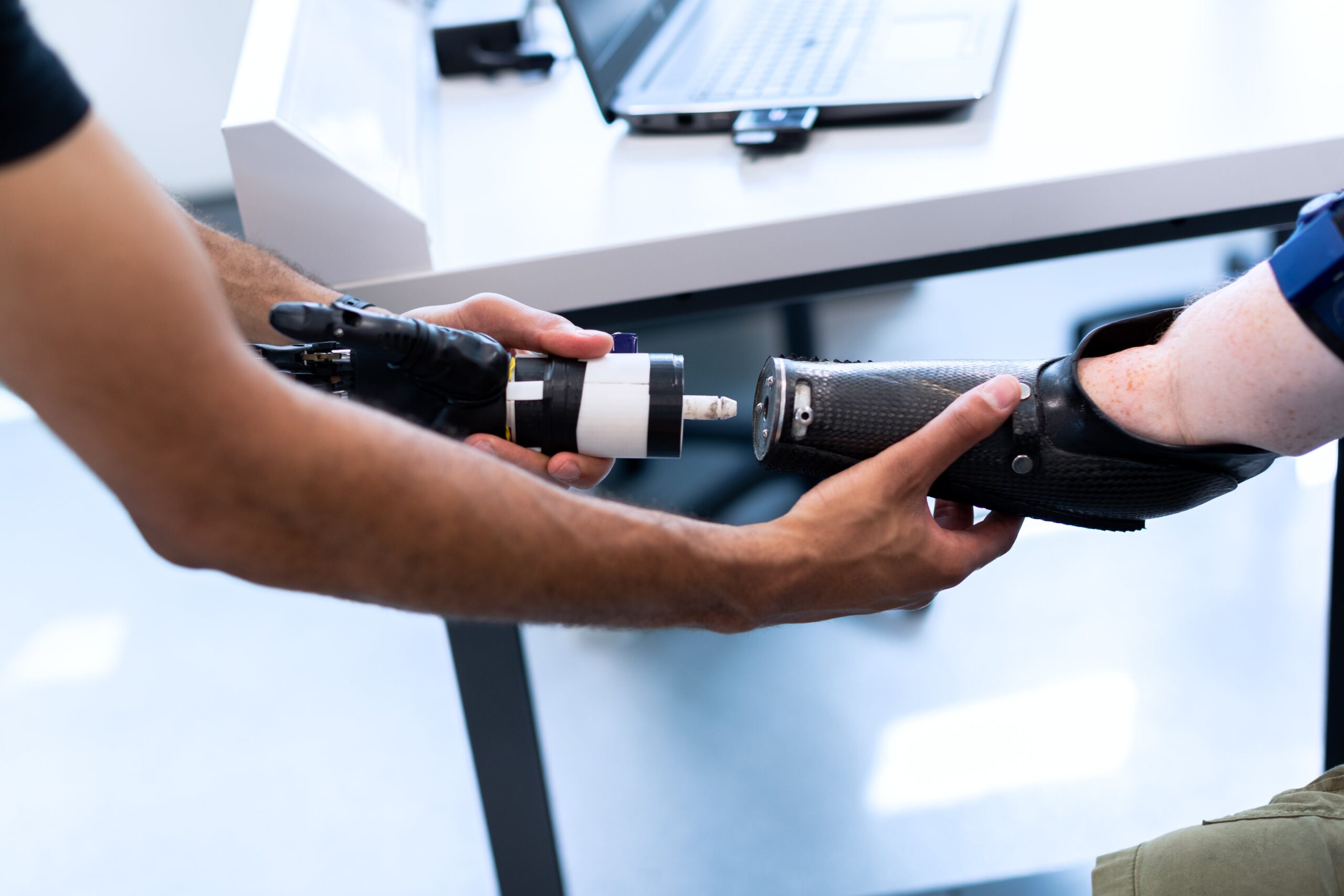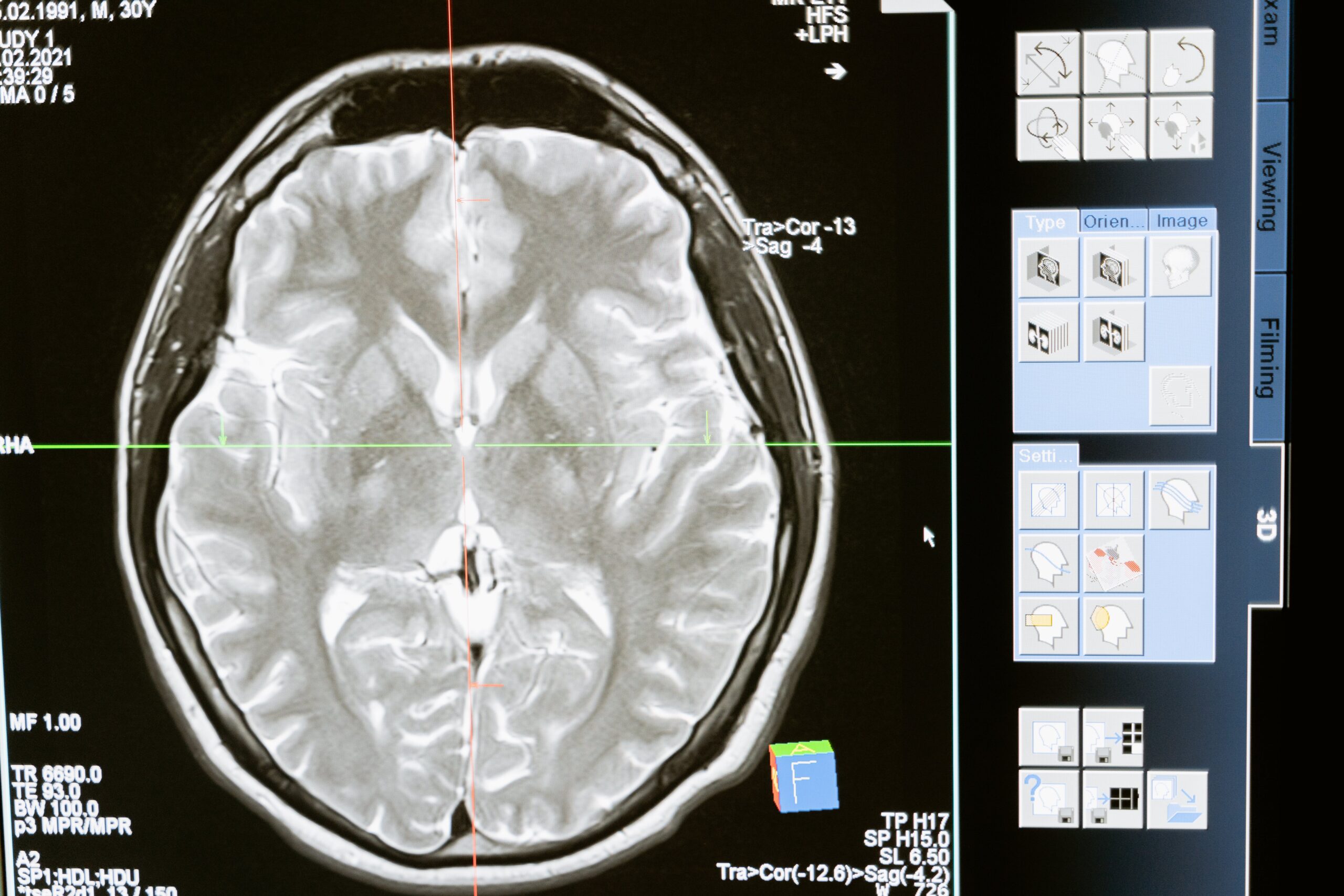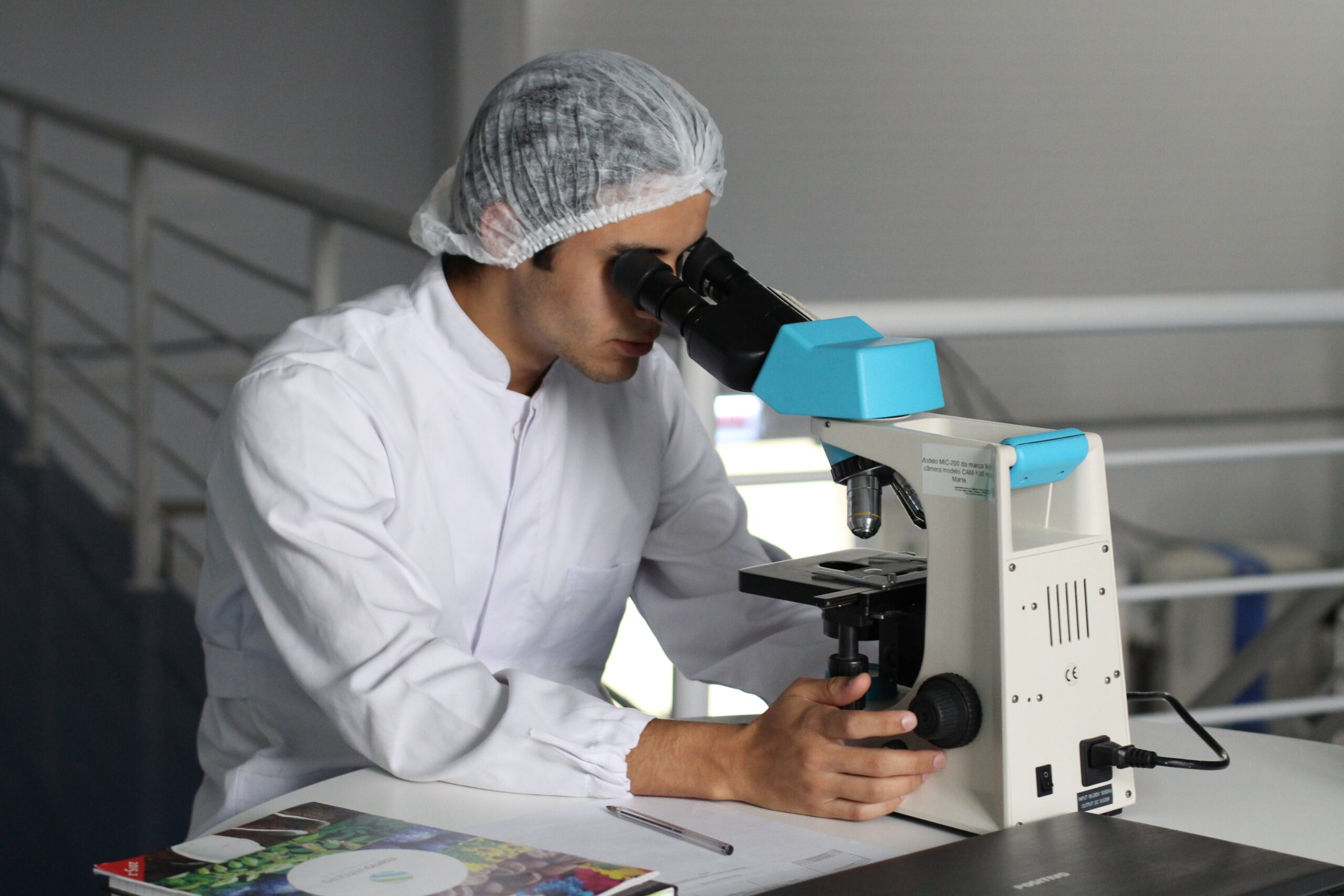The healthcare industry is undergoing unprecedented change as a result of the convergence of robotics and artificial intelligence (AI). This article explores robotics and artificial intelligence (AI) in healthcare, including everything from precision-enhancing surgical robots to AI-powered diagnostic tools that transform patient care. It examines the incredible inventions propelling this change and their significant effects on patient outcomes, healthcare delivery, and medical advancements. Come along with us as we explore the incredible developments and new avenues that are transforming healthcare and bringing science fiction closer to reality.
World Examples that Show the Latest Advances
Here are AI-powered healthcare innovations that seem to have the most promise. Artificial intelligence (AI) holds great promise for improving health outcomes, especially when it comes to life and death. However, there are still obstacles to achieving AI-dependent health care, including worries about data privacy and the possibility of mismanaged care due to machine error and a lack of human oversight. Despite these challenges, governments, tech companies, and healthcare providers are willing to invest in and test out AI-powered tools and solutions because of the potential.
AI-assisted Robotic Surgery
Robots can analyze information from pre-op medical records to direct a surgeon’s instrument during surgery, potentially saving a patient a significant amount of time in the hospital. This technology is expected to be worth $40 billion to the healthcare industry. As “minimally invasive” surgery, robot-assisted procedures spare patients from the need to heal from big wounds. Robots can learn new surgical techniques using data from previous operations through artificial intelligence. The encouraging outcomes are quite encouraging.
For the first time, a robot-assisted in an eye operation. The Da Vinci, the most sophisticated surgical robot available, gives physicians more control over intricate treatments than they could with traditional methods. Heartlander, a tiny robot that makes a tiny incision in the chest to map and treat the surface of the heart, helps cardiac surgeons.
Virtual Nursing Assistants
Virtual nursing assistants have the potential to save the healthcare sector billions of dollars annually by communicating with patients and guiding them to the most appropriate care environment. Virtual nurses may monitor patients, respond quickly to inquiries, and are available around the clock. To avoid hospital readmissions or needless hospital trips, the majority of virtual nursing assistant applications available today enable more frequent communication between patients and care providers in between office visits.
Robotic Drug Dispensing and Automation
Hospital pharmacies are using more and more robots to manage inventories and dispense medications accurately while lowering the possibility of mistakes.
Telemedicine with AI Triage
Telemedicine solutions facilitate patient-provider communication by employing artificial intelligence chatbots to evaluate symptoms. AI-driven symptom checkers are offered by businesses like Ada Health and Buoy Health to direct patients to the right care.
Robotic Exoskeletons for Rehabilitation
Rehabilitation facilities utilize devices such as the Ekso GT to help patients who have suffered strokes or spinal cord injuries regain their range of motion. These wearable robots enhance physical therapy and help patients recover more quickly.
Improved Diagnostics with AI
AI algorithms are being used by companies such as PathAI and Google Health to analyze medical pictures, such as X-rays and pathology slides, to increase the accuracy and speed of diagnosis.
Image Analysis
An MIT-led team created a machine-learning method that can analyze 3D images up to a thousand times faster than what is now achievable because picture analysis takes a lot of time for human providers. This evaluation, which is done almost instantly, can give operating surgeons vital information. Additionally, it is envisaged that AI will aid in the development of upcoming radiology instruments that do not require tissue samples. Furthermore, AI image analysis could help rural locations without easy access to medical professionals and even improve telemedicine by enabling patients to take pictures of their bruises, rashes, or cuts with their phones and send them in to assess what care is required.
Artificial intelligence (AI) systems can help human healthcare workers in the very complicated healthcare field by diagnosing problems more quickly, identifying patterns in data, and identifying genetic information that may predispose a person to a certain disease. AI and machine learning have the potential to revolutionize not just healthcare but also individual patient care, especially when saving minutes can mean saving lives.
The Promising Future of Robotics
Experts and fans in robotics see dozens of avenues for future development with each new or upgraded robotic device. But there are certain challenges to this progress.
Future Capabilities
Robots could be able to acquire tissue samples, remove plaque from arteries, complete lab tests without human assistance, and combat dangerous tumors thanks to advancements in robotics. In the future, robots might also converse with patients about their symptoms, give customized medication, and tend to minor medical problems.
Challenges and Roadblocks
Three distinct obstacles stand in the way of the healthcare sector’s broad acceptance of robots: a lack of professional skill, a lack of patient trust, and safety concerns.
When it comes to ordinary tooth cleaning, one-third of dental patients do not trust robots, and when it comes to root canal therapy, two-thirds of patients don’t trust robots either. Healthcare professionals must explain to patients the advantages of using robots in medicine to foster patient faith in them.
The healthcare sector lacks qualified workers despite the strong need for graduates with these credentials due to improvements in robots, artificial intelligence, and cybersecurity. The healthcare industry must encourage students and healthcare professionals to pursue education in robotics and related subjects to address the future needs of robotics in healthcare.
Finally, healthcare institutions require specialized jobs to manage the use and cybersecurity of robots to handle the particular safety threats provided by the volume of data generated, stored, and analyzed by healthcare robots.
The healthcare sector lacks qualified workers despite the strong need for graduates with these credentials due to improvements in robots, artificial intelligence, and cybersecurity. The healthcare industry must encourage students and healthcare professionals to pursue education in robotics and related subjects to address the future needs of robotics in healthcare
Glancing Ahead
Medical professionals must stay up to date on the most recent advancements in the area and seize the chance to collaborate with robotics businesses if they are to fully realize the potential of robotics in healthcare. Improvements in medical robotics will not only save lives and increase productivity, but healthcare professionals will also take pleasure in their part in the exciting process of creating extremely complex robotic systems.
Conclusion
The article’s conclusion emphasizes the tremendous progress and revolutionary effects of robots and AI in healthcare. These developments have transformed patient care, diagnosis, and treatment, enhancing accessibility, accuracy, and efficiency. With continued advancements, these technologies have enormous potential to improve healthcare outcomes and solve industry problems. To guarantee responsible and fair integration into healthcare systems, it is imperative to address ethical and regulatory issues. Robotics and artificial intelligence (AI) will surely play a significant role in the future of healthcare, providing technologies that have the potential to improve patient care.




